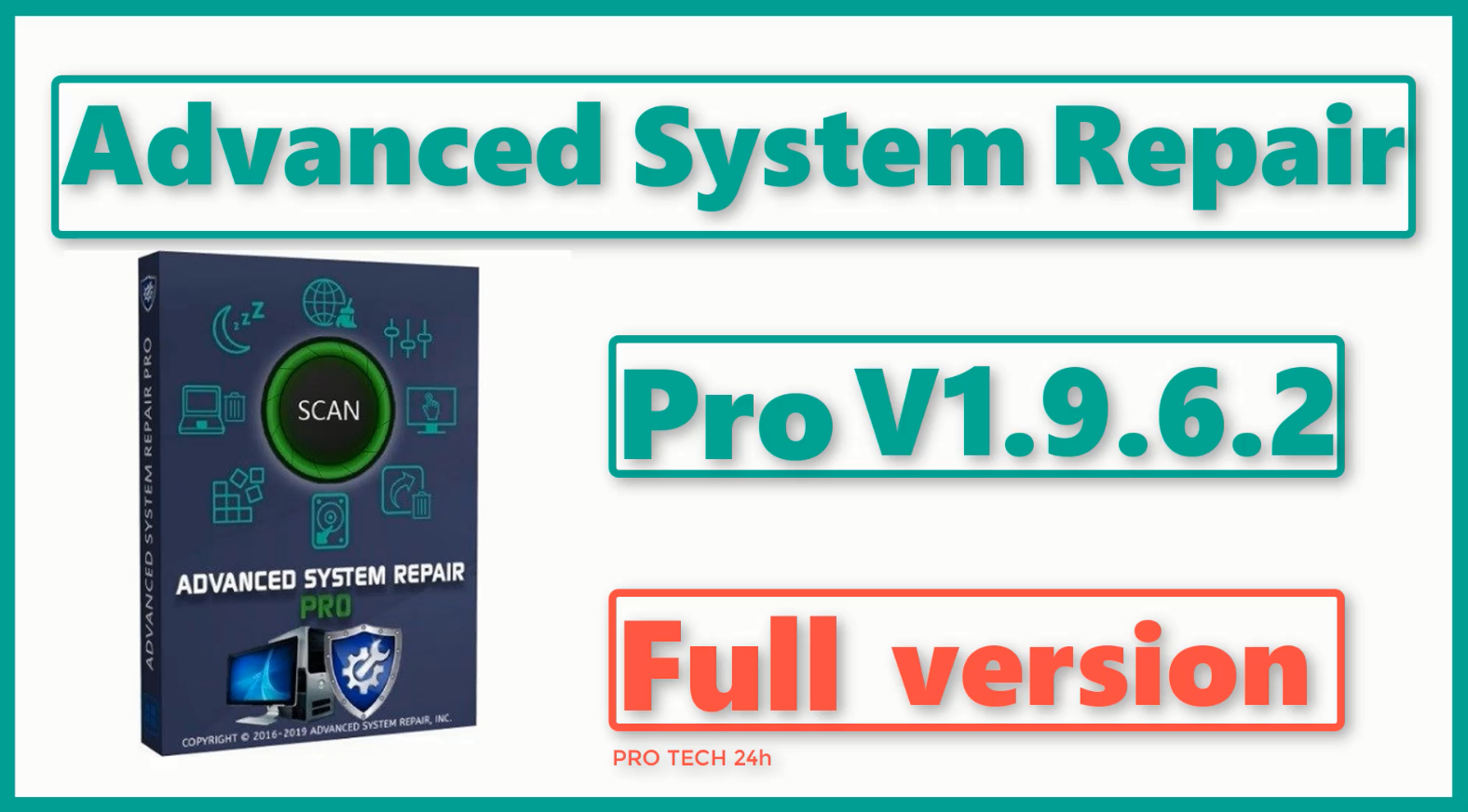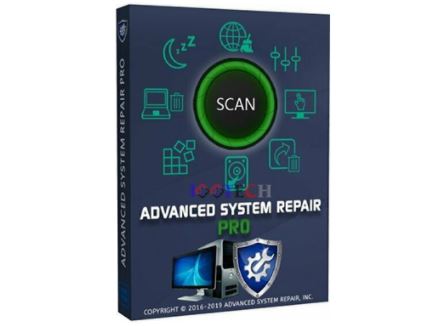
If you have recently upgraded your PC, your new components will need device drivers to allow Windows to use them. Missing device drivers can also be one of the biggest causes of the error.

The most common cause tends to be missing or corrupted system files, in which Windows can’t boot or repair itself because these essential files it needs to run aren’t available. There isn’t a single cause for a Windows 10 automatic repair loop, and they can be hard to figure out. When Windows can’t repair itself, it reboots and repeats itself in an endless cycle.

You can then look for the latest update you installed, right-click it, and select Uninstall.Īfter you’ve uninstalled your most recent update or updates, try restarting your computer.What Is an Automatic Repair Loop, and What Causes It?Īn automatic repair loop is an error that occurs when Windows 10 tries to boot and fails, then forcefully boots up the automatic repair tool and tries to repair itself. Windows 10: Once you have booted into Safe Mode, navigate to Settings > Update & security > Windows Update > Update history > Uninstall Updates. Windows 11: Once you have booted into Safe Mode, navigate to Settings > Windows Update > Update History > Uninstall Updates, and click Uninstall next to the most recent update. If you are able to boot to Safe Mode, do so using the process outlined above, but press 5 for Safe Mode With Networking. Once you're in Safe Mode, you can remove the most recent update or updates and see if that allows Windows to boot normally. If that didn’t work, you can fix problems caused by Windows updates by first booting into Safe Mode.

Windows does create restore points during specific events like system updates though, so you may have one even if you didn’t make it yourself. This option isn’t available if your computer doesn’t have any restore points.


 0 kommentar(er)
0 kommentar(er)
